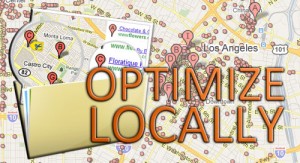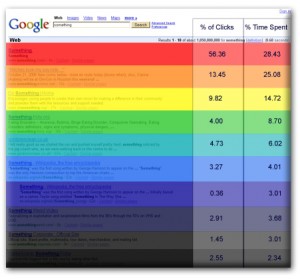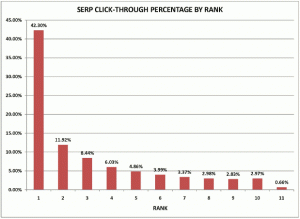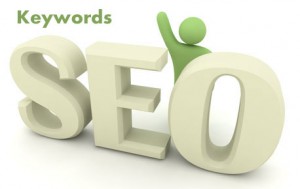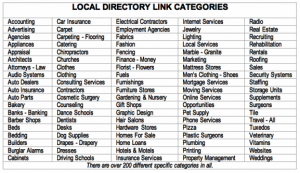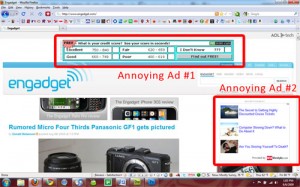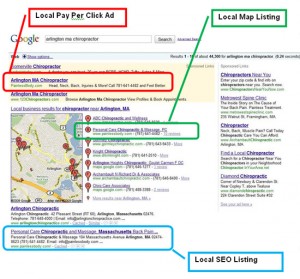Basic local SEO strategies for small businesses
Monday, March 28th, 2011
Many commercial websites engage in SEO strategies to further expand their website’s visibility. These techniques can help them to rank high in search results and thus provide better chances to attract customers and generate higher sales of their products.
However, before achieving a global popularity, it is better to first concentrate on how you can optimize your site’s visibility in the local section. This means that you must give importance on how your site will be known to potential customers who are located near your business actual address. This can be achieved by utilizing local SEO strategies.
Local SEO strategies can surely help you to efficiently compete with your local business rivals. Internet users who are searching for websites which are offering the products that they would like to purchase would definitely search for it locally.
For sure, they would prefer to buy those products in websites which physical address is near their place. To be able to get indexed by popular search engines, it is a wise idea to incorporate your business’ physical address to your website, web page titles, headings or contents. In this way, your website will have greater chances to appear in the local search results.
Another brilliant local SEO technique is to register your site in the Google map. This is free of charge and can definitely help your site to be more visible in local search and thus give your potential customers the exact location of your shop and making it easier for them to get to know your site better.
It is a practice to a lot of SEO experts to first research on the best keywords that you can incorporate to your site to make them more optimized for local search. You must determine the most popular keywords being used by internet users when searching the products your website is also catering.
You must also try to use those keywords and search for them using the popular search engines and take note of the websites that will rank high in the search results. Get to know your competitors and determine the strategies that helped them to achieve high ranking in search results. All these can give you clearer ideas on what strategies will be most appropriate for you to use.
A good local SEO strategy is to also include local keywords in your website. This is to gain better chances for your site to appear in search results when a potential customer is using more specific keywords like a product with a corresponding location. Internet users who are interested in buying a particular product will use keywords pertaining to a product in a specific local area.
When using Local SEO techniques, it is good to take note that the customers are the one looking for you therefore you must put yourself into their shoes and try to imagine how these people think. If you are the customer, what keywords would you probably use to search for a particular product or website? Local search optimization strategies are beneficial to use especially if your business targets customers who are near your vicinity.

